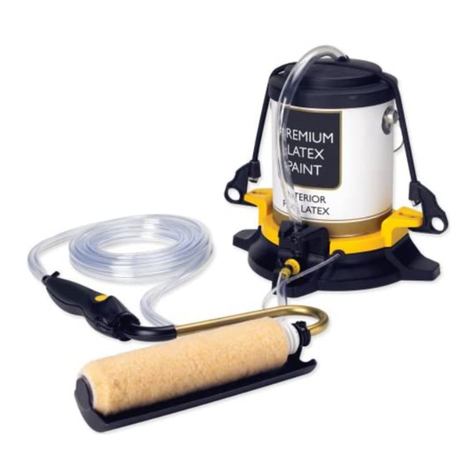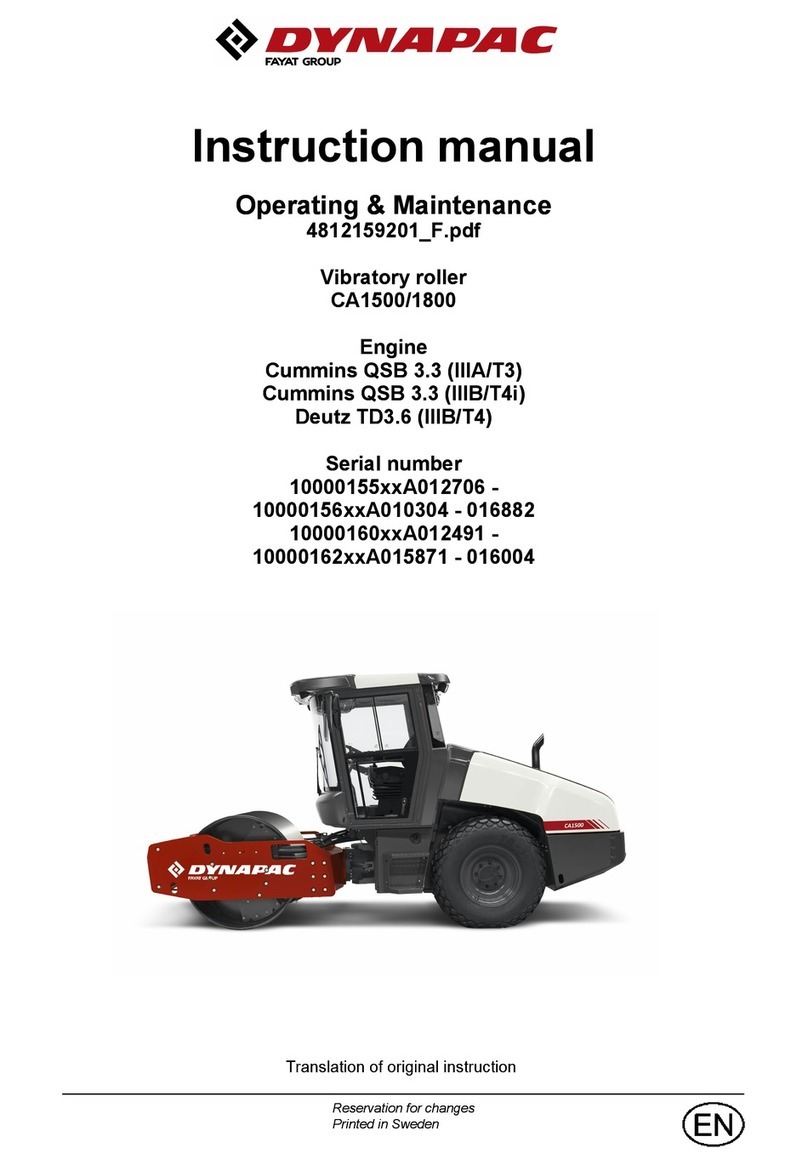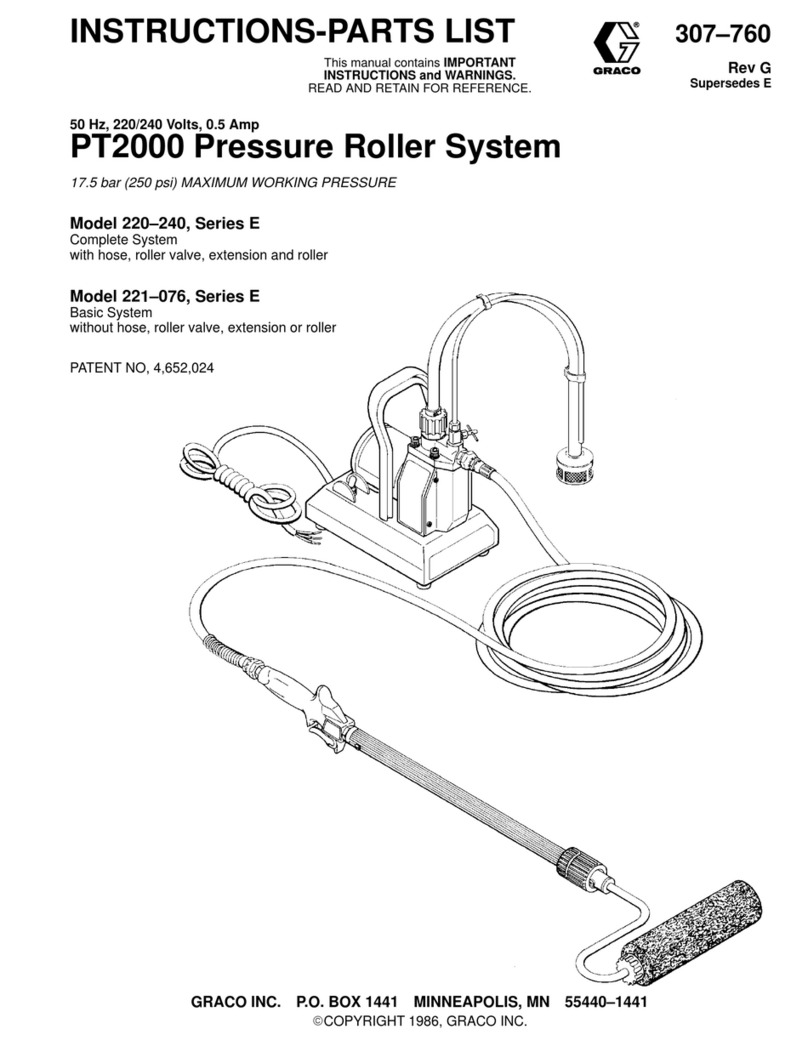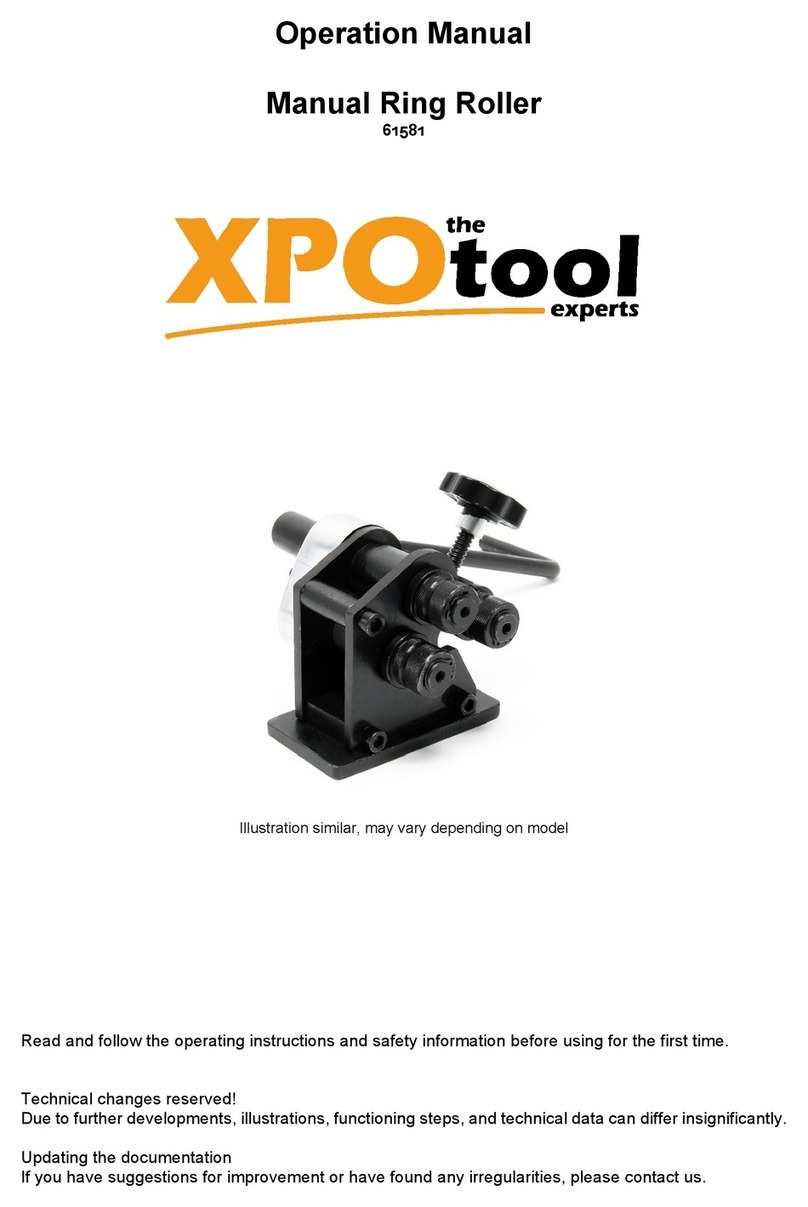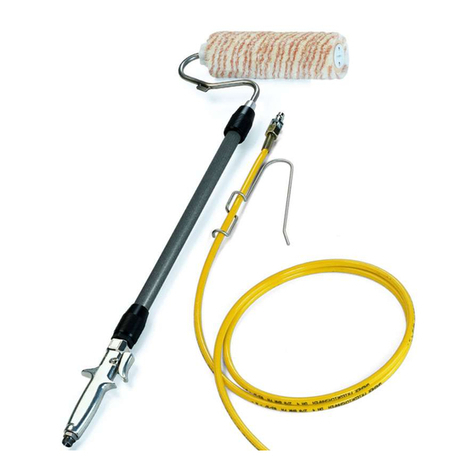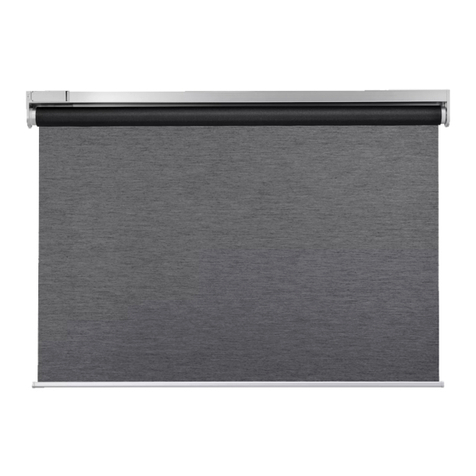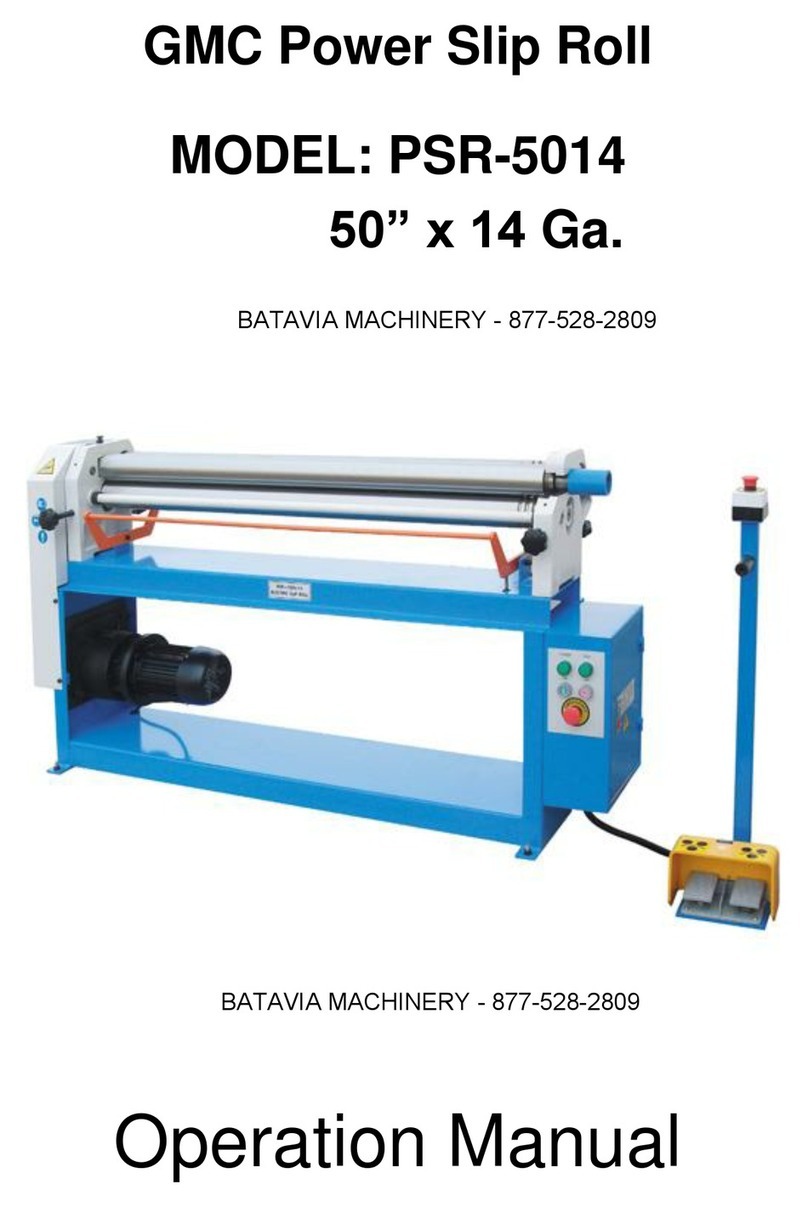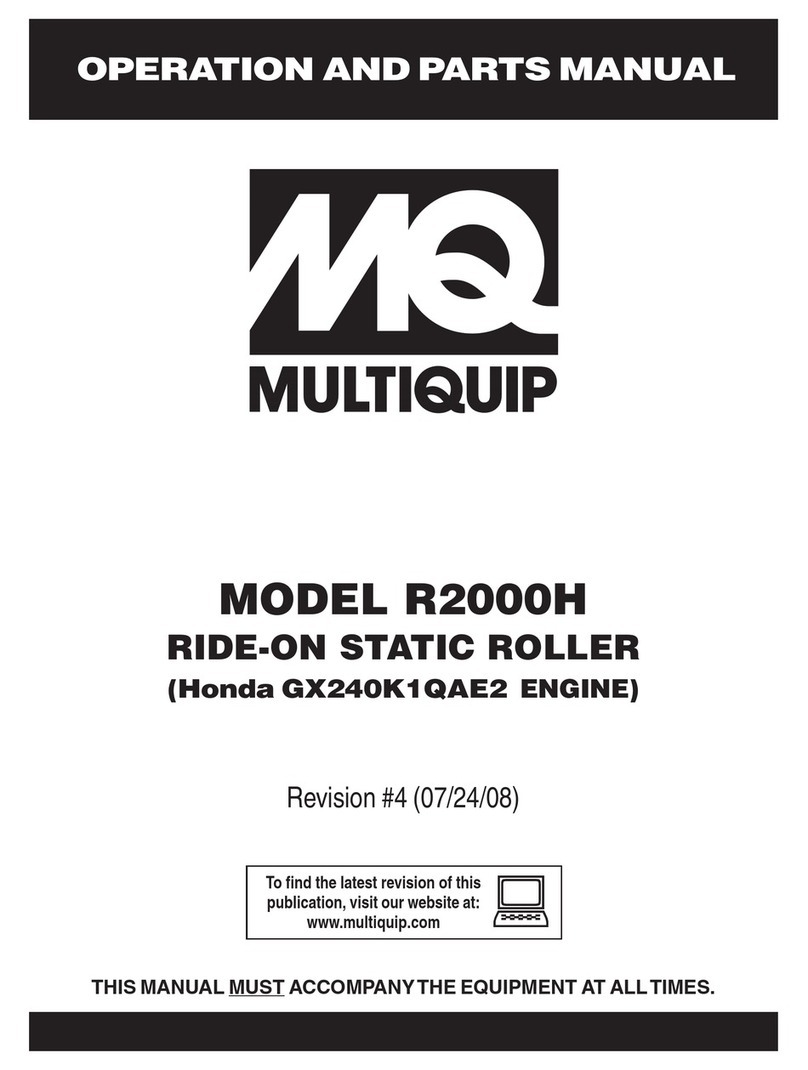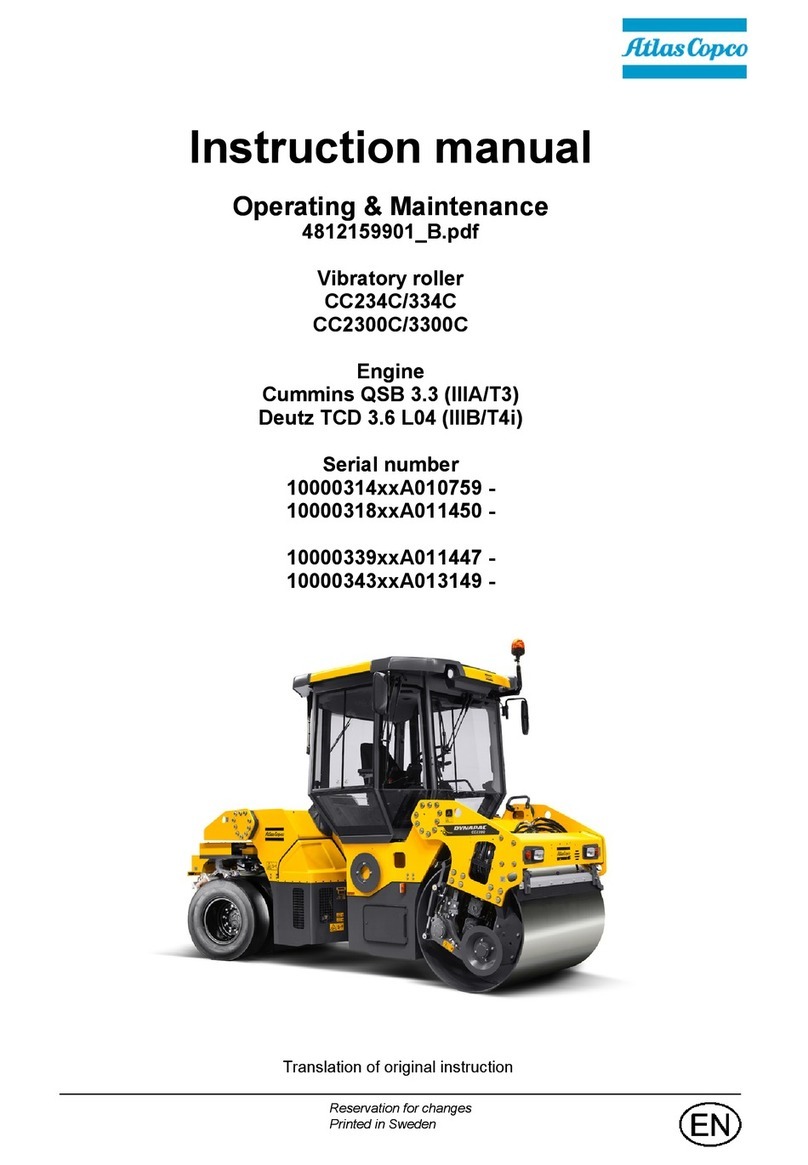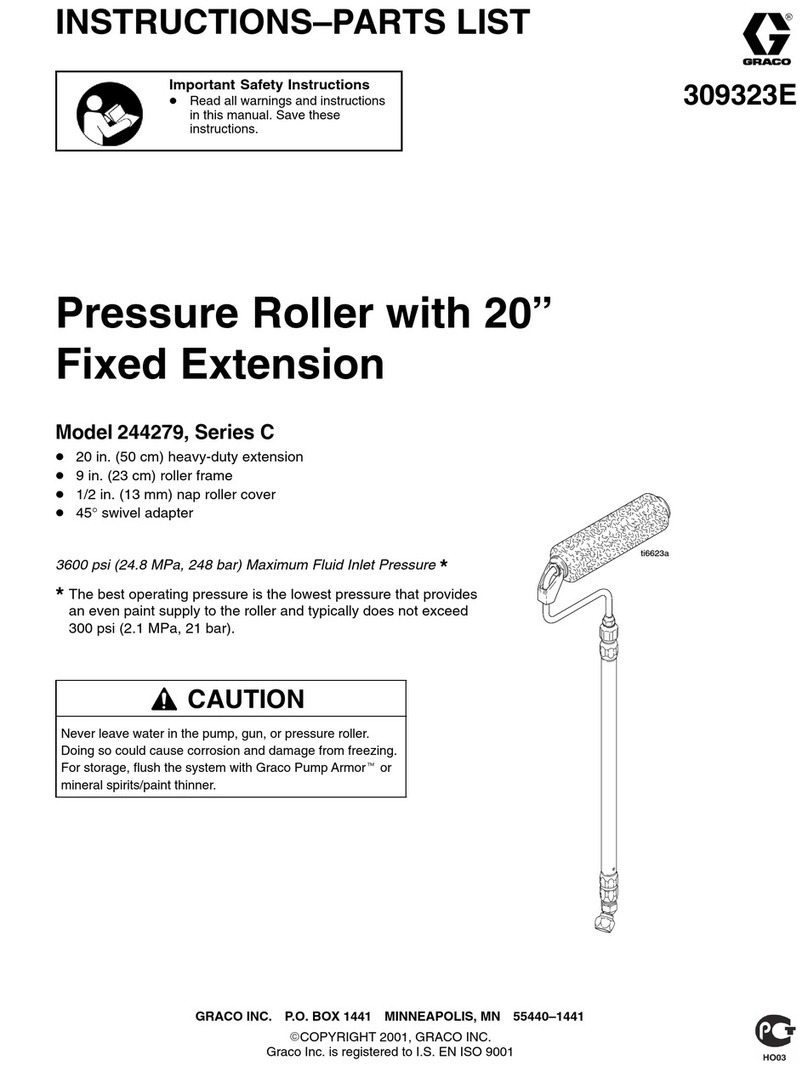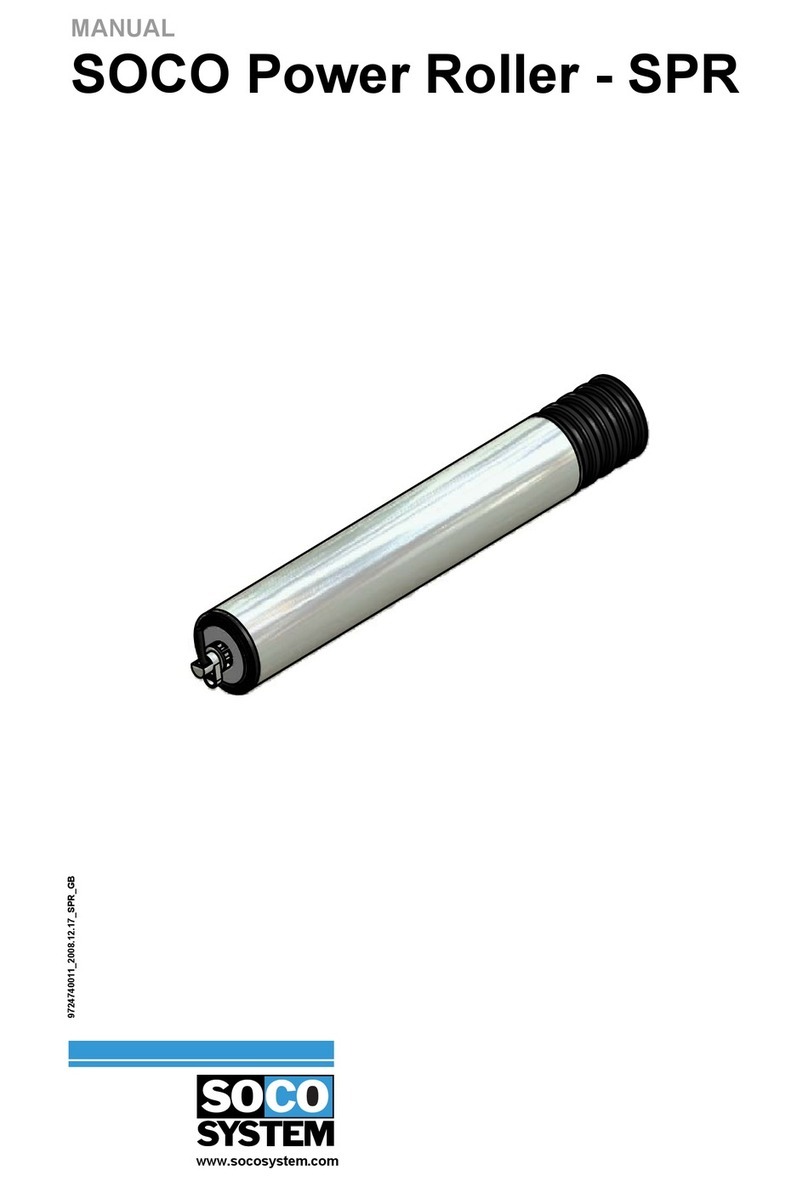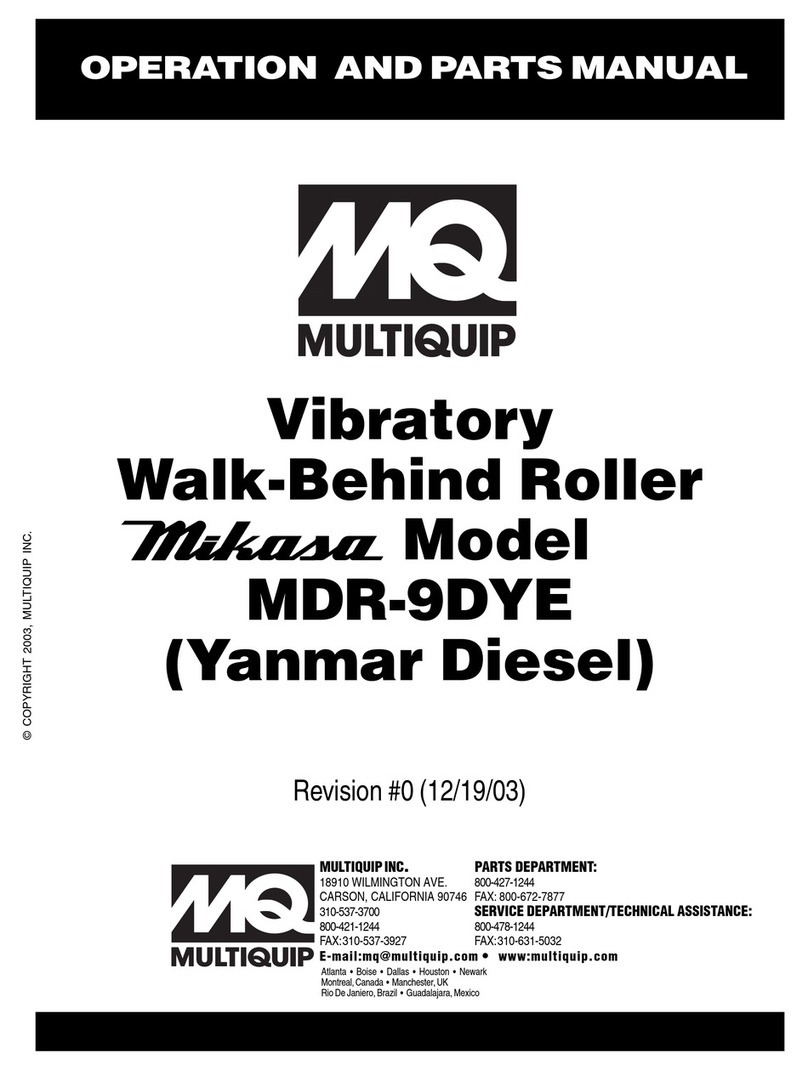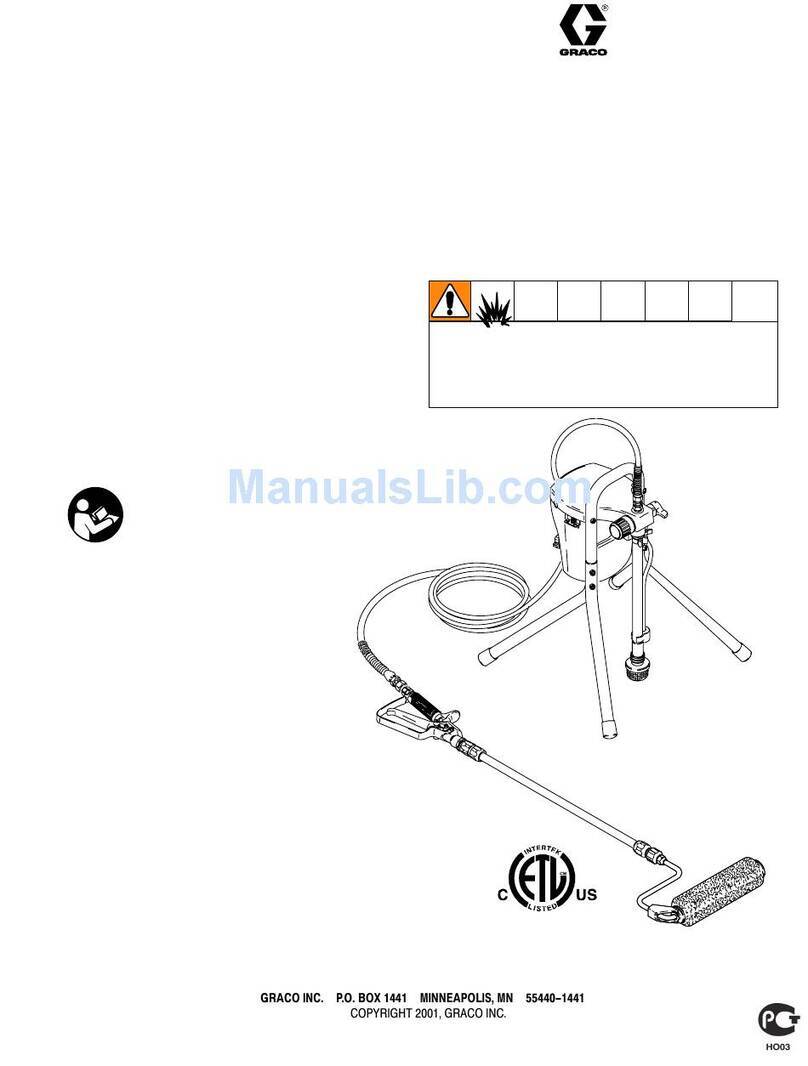© HAMM AG 2009 1
GENERAL
1 GENERAL
1.1 INTRODUCTION
1.1.1 General
You have purchased a HAMM Quality product.
All parts of this machine have been tested and
verified carefully. They correspond to the quali-
ty you expect.
This machine has been built according to the
current state-of-the-art and the current safety
regulations. However it is indispensable to
read and to observe the safety notes as well as
the operating and the maintenance instructions
prior to start-up. Every inappropriate use, or
use not according to the intended use, of the
machine will cause:
• Dangers to life and health of the user or to
third parties
• Impairment of the machine and further
properties of the user
• Dangers to the efficient work of the ma-
chine
The operating instructions of the combustion
engine is a part of the overall operating instruc-
tions. Maintenance and care of the engine
have to be performed according to these oper-
ating instructions. Any safety notes have to be
followed.
Even if the regulations for safety, use and
maintenance are followed, residual dangers
will remain. Due to the high operating weight
and to the high distance of gravity centres of
the machine, there is considerable danger of
tilting, in particular during travels in transversal
direction to slopes. The smooth surface of the
drums or the tyres, respectively, decreases lat-
eral stability of wet, uneven ground. Operation
is not admitted on snow and ice. When driving
on hard surfaces, and in particular when driv-
ing in transversal direction so slopes, lateral
stability is decreased when the vibration is
switched on (danger of falling).
The high reliability of the machine is preserved
through correct use and careful maintenance.
This includes the use of the obligatory operat-
ing resources and the use of original HAMM
spare parts.
This manual will introduce you to the operation
of the machine. You will find the following in it:
• Regulations for your safety
• The introduction of the machine and its
characteristics
• The operation
• The maintenance instructions
• Indication on spare parts management
and customer service
Our representations will help you to keep your
roller in perfect operating condition.
Our representations will be at your disposition
with consulting and service even after the war-
ranty period. They will provide our original
HAMM spare parts which do not only corre-
spond to the technical requirements but also
ensure exchangeability and quality.
Our customer service training centre holds
courses for roller drivers.
It will give drivers:
• General safety information
• Information on use and maintenance of
the machine
• Information on the practical use of the roll-
er
• Information of a more rational use with
add-on devices
Furthermore, our specialist sales advisors are
always at your disposition. They will offer you
the optimum product solution for your applica-
tion. The safety, operation and maintenance
notes included in this manual are intended to
be used by roller drivers and mechanics.
Thus, keep this manual always at hand!
